Emma vs Simba: which mattress brand is best for you?
Should you buy an Emma or Simba mattress? T3 puts them head to head to see which mattress brand is the best fit for your needs
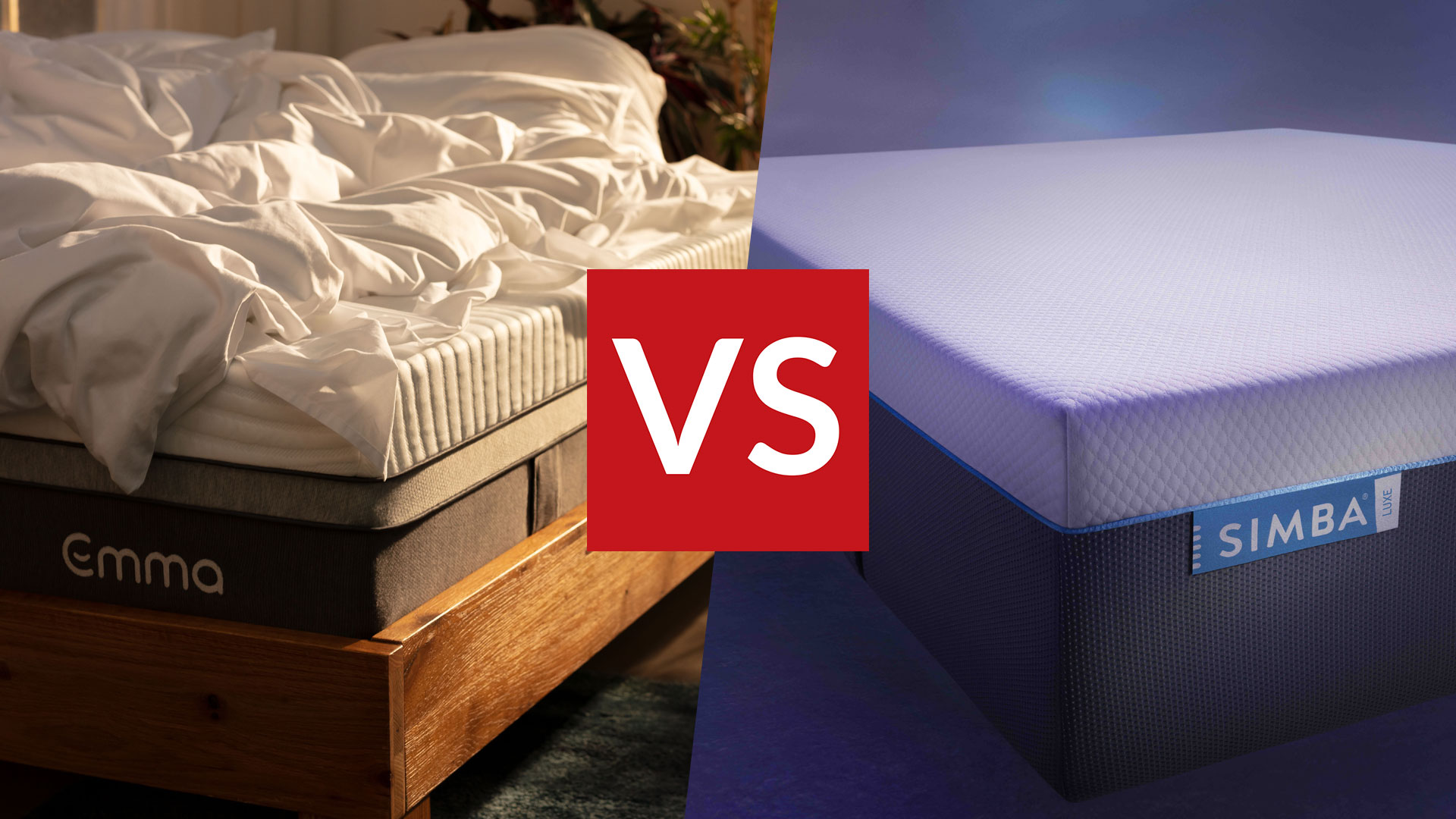

Bethan Morgan
Emma vs Simba is perhaps one of the biggest rivalries in the mattress market right now. Both brands are competing for the mid-price market, by producing high quality, award-winning, bed-in-a-box mattresses that people generally love. Both offer strong customer service, 200-day trial period and a 10-year guarantee. So if you’re looking the best mattress for you, which should you choose?
As Emma and Simba mattresses are both sold online, it can be difficult to judge which one will be the best match for your needs. So in this article, we’ll give you all the facts and figures you need to make your choice. We’ll start with the basics, by outlining each mattress in both Emma’s and Simba’s range, and how it's designed.
Emma vs Simba: design
Emma currently sells four mattresses: the Emma Original, the Emma NextGen Premium, the Emma Zero Gravity Mattress and the Emma Luxe Cooling mattress.
The standard Emma mattress, the Emma Original, is a 25cm-deep, medium mattress filled with three layers of memory foam. These are: 3cm of breathable Airgocell foam, 2cm of pressure-relieving visco-elastic memory foam, and 19cm of supportive cold foam, along with a machine-washable cover.
The more expensive Emma NextGen Premium, in contrast, is a hybrid mattress. Here, you get layers of Halo and Point Elastic Airgocell foams and pocket springs that supports and cradles the body while offering relief in specific pressure points. It also has a removeable washable cover.
Next is the Emma Zero Gravity Mattress, another hybrid option. It's made up of six layers of foam and springs, a removable cover and it's best for cooling you down and maximum support.
Finally, the Emma Luxe Cooling Mattress has a top cover, four layers of foam and one layer of 12.5cm pocket springs. The second layer of foam is infused with graphite particles, which utilises Emma's new Thermosync technology, to better regulate body heat.
Get all the latest news, reviews, deals and buying guides on gorgeous tech, home and active products from the T3 experts
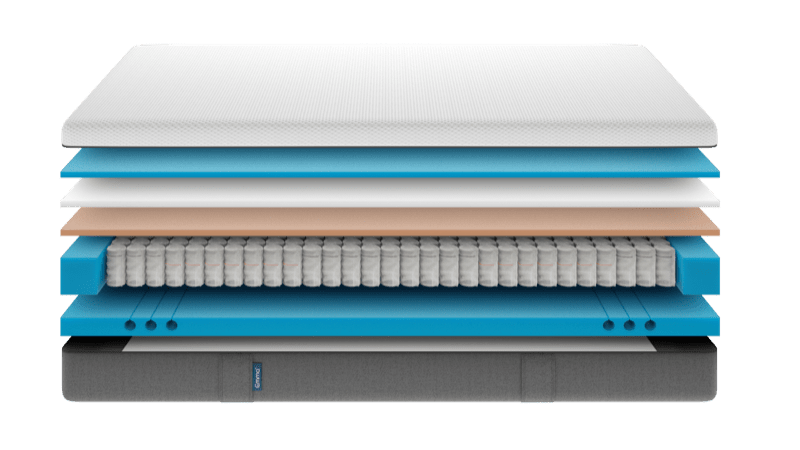
The layers that make up the Emma Premium mattress
Simba, meanwhile, offers lots of different mattresses, broken up into the Simba Hybrid and Simbatex Foam range.
All of them are hybrid models which combine foam and springs. The Hybrid range features the Simba Hybrid Mattress, the Simba Hybrid Pro Mattress, the Simba Hybrid Luxe Mattress, the Simba Hybrid Ultra Mattress and the Simba Hybrid Essential Mattress.
The standard model is the Simba Hybrid Mattress. This 25cm deep, medium-firm mattress combines memory foam with pocket springs. There are four layers of filling: 2.5cm of open cell Simbatex foam, 25mm of cone-shaped springs; 4.5cm of support foam; and 16cm of high-density foam base with seven areas of zoned support.
The next step up in price is the Simba Hybrid Pro Mattress. This is a deeper and plusher version of the Simba Hybrid, with seven layers to the latter’s five, and an extra 3cm depth at 28cm.
At the top of the range comes the priciest model, the Simba Hybrid Luxe Mattress. This has a luxurious 10 layers of filling, bringing the depth up to a generous 31cm. Another high-end mattress from Simba is the Simba Hybrid Ultra Mattress, made of 13 layers, 8,500 supportive springs and 34cm depth.
Finally, for bargain hunters, there’s the Simba Hybrid Essential Mattress. This more affordable mattress has just four layers of springs and foam, and is just 20cm deep.
Verdict: Draw. Each mattress in both Emma’s and Simba’s range is well designed, and made of quality materials. For both brands, the more you spend, the greater the complexity of the construction and the depth of the mattress.
Emma vs Simba: comfort
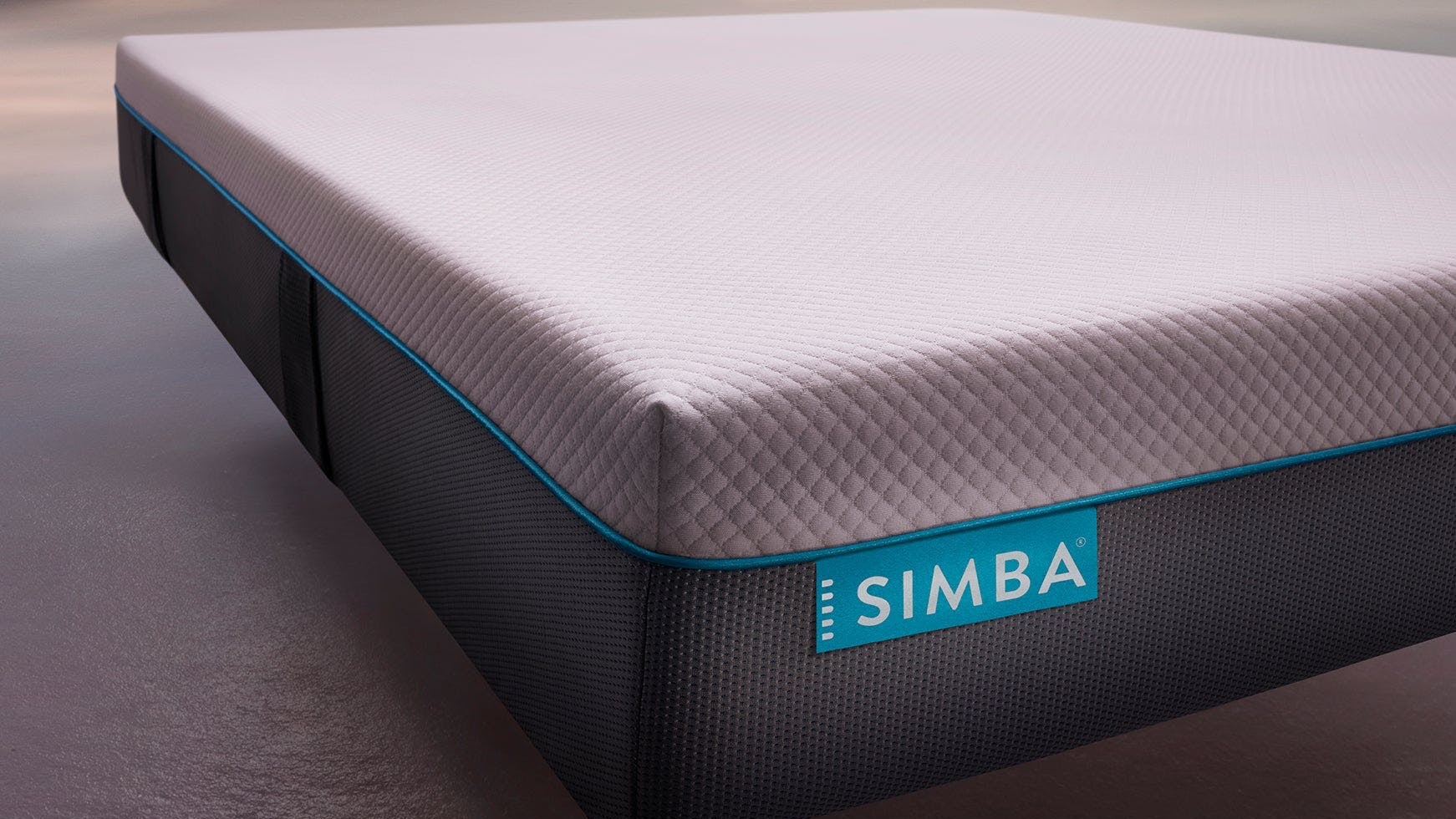
The Simba Hybrid
Annoyingly for mattress manufacturers, there’s no definition of ‘comfort’ that applies to every sleeper. Some people prefer a soft mattress, others firm. Some people find all-foam mattresses wonderfully supportive, others feel ‘stuck’ and ‘trapped’. (For more on this dichotomy, read our article on memory foam vs springs). And so it’s difficult to argue that one design of mattress is more comfortable than another.
We believe the Emma Original is one of the best memory foam mattresses you can buy right now: our reviewer described it as “Bouncy but buoyant, you won't sink into it – and you won't be disturbed by a restless partner either”. And if you like the idea of an all-foam mattress, there’s no Simba equivalent, so that’s an instant win for Emma.
If you’re seeking a hybrid mattress, though, you’ll probably be torn between the Emma Premium and the standard Simba Hybrid. In truth, that’s a difficult one to call because, although they are constructed slightly differently, our reviewers found they both deliver an excellent level of comfort and support.
In our tests, we found Emma's mattresses tended to trap body warmth a little, which means they're not ideal if you tend to sleep hot. Simba's cooling tech is more effective.
Another difference to consider is that while both mattresses are broadly ‘medium-firm’, the Emma Premium is slightly softer and the Simba is slightly firmer. So if you’re a front sleeper, or just generally prefer a firmer mattress, the Simba may be a better choice; and if you’re a back or side sleeper, or generally prefer a softer mattress, you may prefer the Emma.
When it comes to Simba’s premium mattresses, though, we can be more confident. With extra layers of filling, and extra depth overall, both the Simba Hybrid Pro and the Simba Hybrid Luxe offer luxurious levels of comfort that the Emma Premium can’t quite reach, although you will pay accordingly.
At the other end of the scale, the Simba Hybrid Essential Mattress is, purposely, the most basic mattress of all those we’ve mentioned here, with a depth of just 20cm. At time of writing, we hadn't had a chance to test that one out, but on face value we might recommend giving it a miss, given that the 25cm-deep Emma Original is cheaper.
Verdict: Simba wins
While Emma and Simba’s standard mattresses offer similar levels of comfort, Simba’s pricier models offer a superior sleeping experience and tend to sleep cooler too. That said, if you prefer an all-foam mattress, then the Emma Original is going to be preferable.
Emma vs Simba: the small print
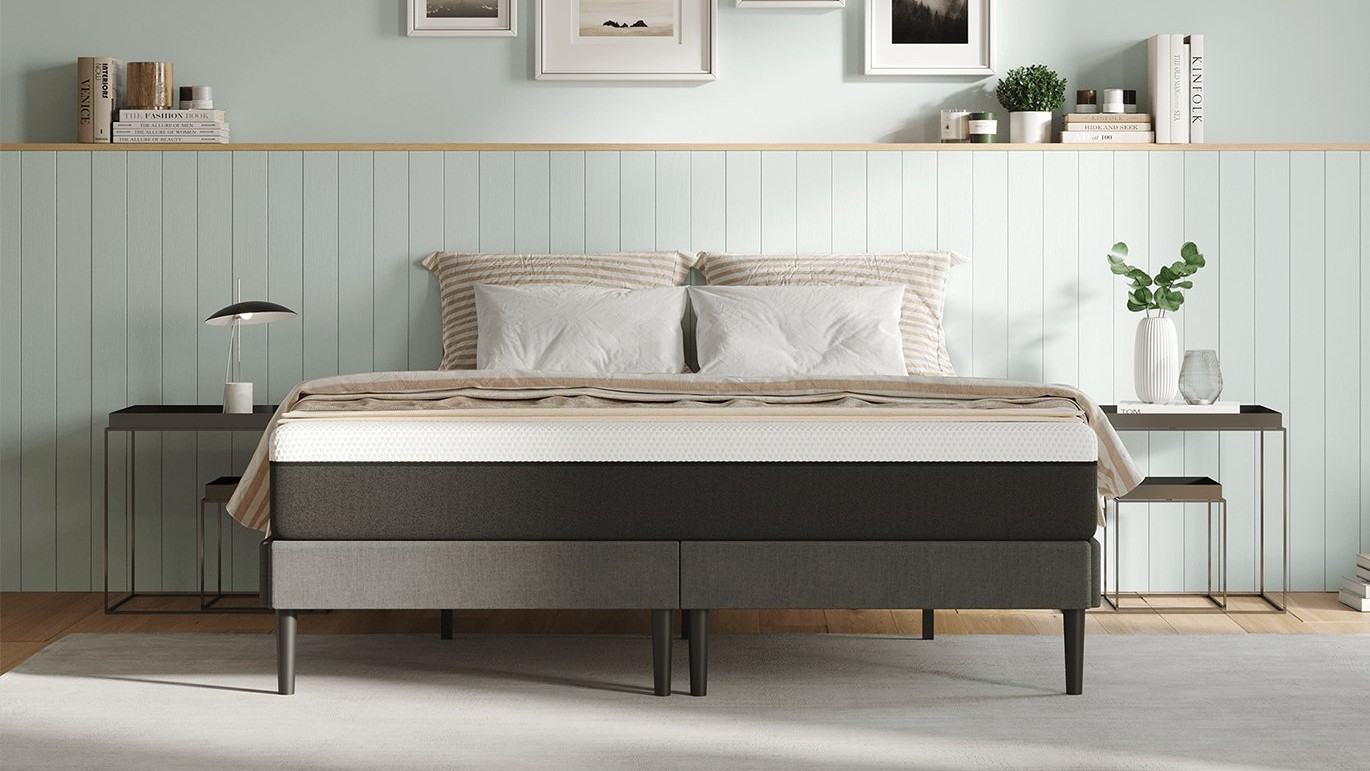
The Emma Original
In terms of trial period, delivery and guarantees, there’s no difference at all between Simba and Emma. With both companies, you get free delivery, a 10 year guarantee, and a 200-night in-home trial. If you don’t like it, contact either Emma or Simba and they’ll arrange pick up and a full refund.
Verdict: Draw. The two brand match each other exactly when it comes to customer service.
Emma vs Simba: pricing
In terms of RRP, Emma’s mattresses are generally cheaper. The Emma Original starts at £339, the Emma NextGen Premium starts at £499, the Emma Zero Gravity mattress starts at £749 and the Emma Luxe Cooling mattress starts at £559.
Make sure you check our Emma discount codes to save more on your purchase.
At RRP, Simba’s mattresses are generally more expensive. Its cheapest mattress, the Simba Essential starts at £749. In the middle of the range, the Hybrid starts at £799, and the Hybrid Pro starts at £1,159. At the top of the range, the Hybrid Luxe starts at £1,579 and the Hybrid Ultra starts at £2,599.
Make sure to check out these Simba discount codes for extra savings.
That said, discounts on both brands’ mattress come and go all the time, and you'll find price drops of around 40% on a monthly basis, so you're pretty much never going to pay list price. For the latest discounts, check out our regularly-updated articles on Emma mattress deals and the best Simba mattress deals.
Verdict: Draw. If you're looking to save money, the Emma Original is the cheapest mattress produced by either brand at current prices. That said, when it comes to the hybrid models, the standard Simba Hybrid is slightly cheaper than the Emma Premium.
Emma vs Simba: Verdict
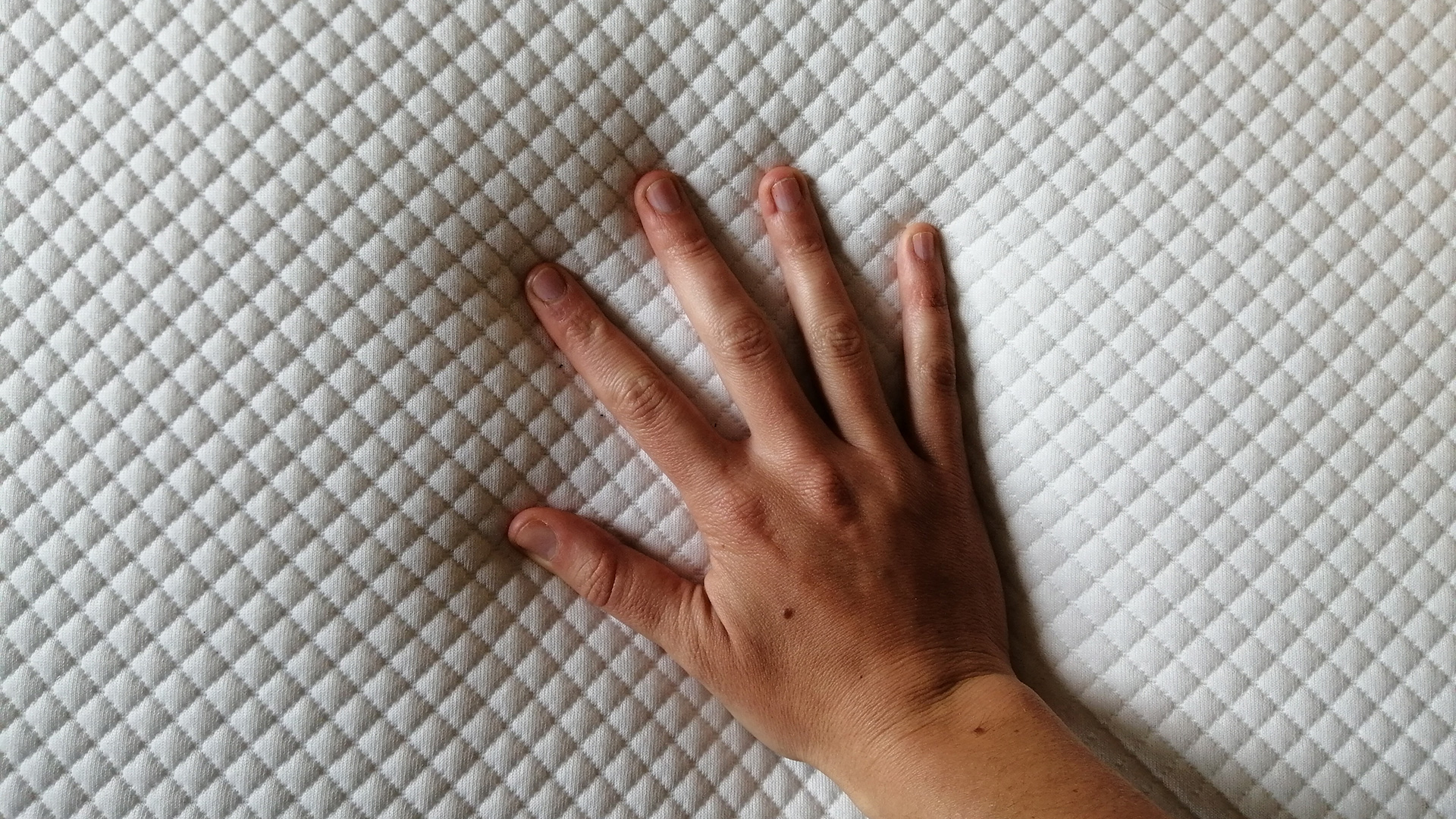
The Simba Hybrid Luxe
On paper, there's little to separate these two brands, but if you were to push us for our preference, we'd probably say Simba. This brand has superior cooling tech and is typically a little firmer, which suits our personal tastes. If you seek a high-end hybrid mattress, then Simba’s top two models are the more luxurious than you'll find at Emma, although they’re suitably more expensive too.
That said, Emma still makes excellent mattresses, and it has the edge when it comes to price. Plus, if it’s an all-foam mattress you’re looking for, then Emma is the only game in town.

Tom May is a freelance writer and author of the book, Great Ted Talks: Creativity. He has been editor of Professional Photography magazine, associate editor at Creative Bloq, and deputy editor at net magazine. He has also worked for a wide range of mainstream titles including Radio Times, NME, Heat, Company and Bella.
- Bethan MorganHome Editor